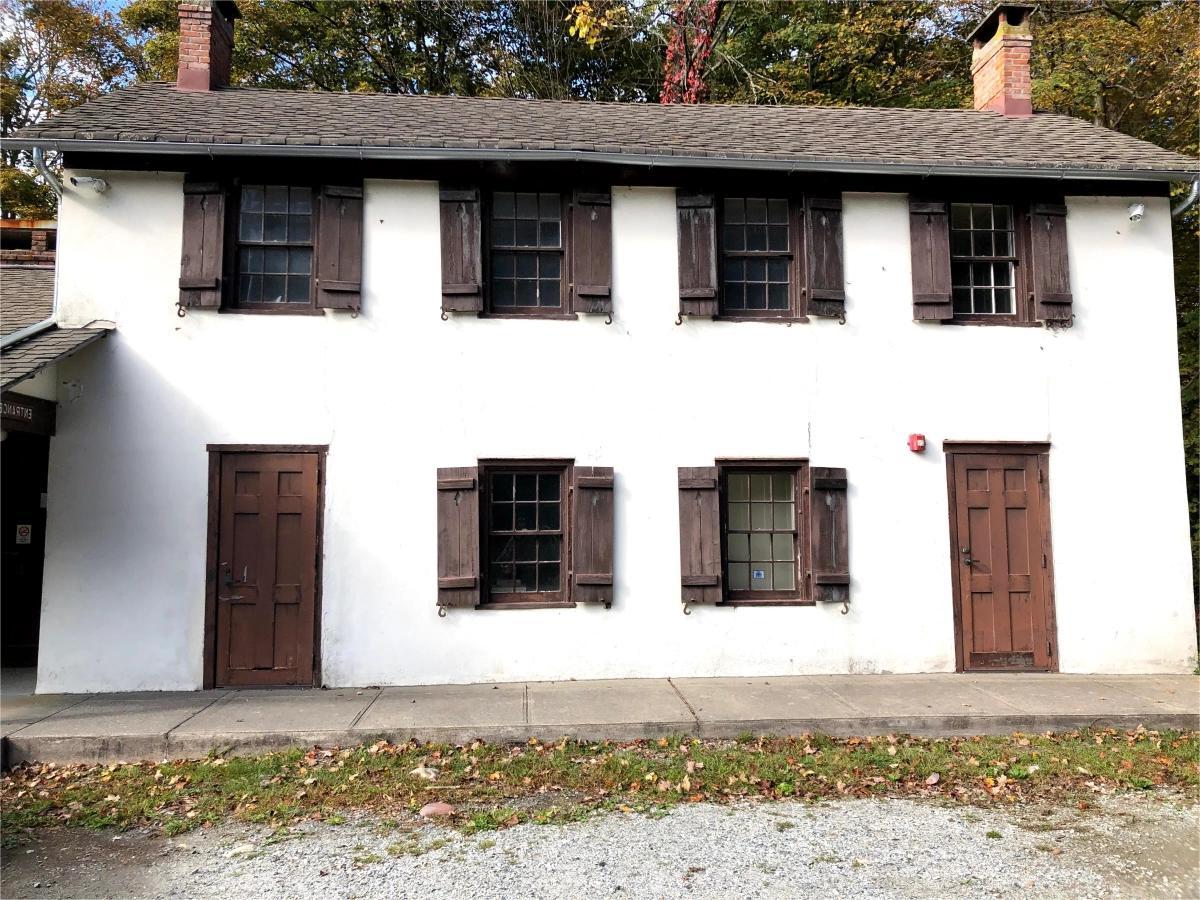Secrets Of New Jersey’s Colonial Iron Foundry Towns

Ever wondered about the hidden history of New Jersey's colonial iron foundry towns? These towns played a crucial role in America's early industrial era. Nestled in the lush forests and along rivers, these communities thrived on iron production. They supplied essential materials for tools, weapons, and infrastructure. Today, you can visit these historic sites to see remnants of old furnaces, forges, and worker homes. Walking through these areas feels like stepping back in time. Whether you're a history buff or just curious, exploring these towns offers a unique glimpse into the past. Ready to learn more about these fascinating places? Let's dive in!
Secrets of New Jersey's Colonial Iron Foundry Towns
New Jersey's colonial iron foundry towns hold a rich history waiting to be uncovered. These towns, once bustling with activity, played a crucial role in America's industrial development. Let's take a journey through some of these fascinating places.
1. Batsto Village
Batsto Village, located in the Wharton State Forest, is a well-preserved example of a colonial iron foundry town. Established in 1766, Batsto produced iron and glass products that were essential during the Revolutionary War.
- Historic Batsto Mansion: This 32-room mansion offers a glimpse into the life of the Richards family, who owned the village.
- Batsto Lake: Perfect for a serene walk or a paddle, this lake adds to the village's charm.
- Visitor Center: Learn about the village's history through exhibits and artifacts.
2. Allaire Village
Allaire Village, situated in Allaire State Park, was once a thriving iron-producing community. Founded by James P. Allaire in the early 19th century, the village now serves as a living history museum.
- The Allaire Mansion: This grand house showcases the lifestyle of the Allaire family.
- The Blacksmith Shop: Watch live demonstrations of blacksmithing techniques used during the colonial era.
- The General Store: Step back in time and explore this old-fashioned store, complete with period-appropriate goods.
3. Waterloo Village
Waterloo Village, nestled along the Morris Canal, offers a unique look into New Jersey's industrial past. This restored 19th-century village includes several historic buildings and sites.
- Smith's General Store: A focal point of the village, this store was a hub of activity during its heyday.
- The Gristmill: Witness the milling process that was vital to the community's economy.
- Canal Museum: Learn about the importance of the Morris Canal in transporting goods and materials.
4. Long Pond Ironworks
Long Pond Ironworks, located in the Highlands region, was a major iron-producing site during the colonial period. Established in 1766, the site now features ruins and restored buildings.
- The Ironmaster's House: This historic home provides insight into the life of the ironworks' overseer.
- The Blast Furnace: Explore the remains of the furnace that once produced high-quality iron.
- Visitor Center: Discover the history of Long Pond Ironworks through informative exhibits.
5. Ringwood Manor
Ringwood Manor, part of the Ringwood State Park, was a significant iron-producing site during the colonial era. The manor house and surrounding grounds offer a glimpse into the past.
- Ringwood Manor House: Tour this grand mansion, which served as the home of several prominent ironmasters.
- The Gardens: Stroll through beautifully landscaped gardens that date back to the 19th century.
- The Iron Mines: Explore the remnants of the iron mines that fueled the area's industry.
6. Tinton Falls
Tinton Falls, located in Monmouth County, was home to one of New Jersey's earliest ironworks. Established in the 17th century, the town played a crucial role in the colony's development.
- Tinton Manor: This historic site offers a glimpse into the life of the town's early settlers.
- The Falls: Visit the picturesque falls that gave the town its name.
- Historic Sites: Explore various historic buildings and landmarks that tell the story of Tinton Falls' past.
7. Mount Hope
Mount Hope, situated in Rockaway Township, was a significant iron-producing site during the colonial period. The town's ironworks were essential to the war effort during the American Revolution.
- Mount Hope Furnace: Discover the remains of the furnace that produced iron for the Continental Army.
- Historic Homes: Tour the homes of the ironworkers who lived and worked in Mount Hope.
- Visitor Center: Learn about the town's history through exhibits and displays.
8. Oxford Furnace
Oxford Furnace, located in Warren County, is one of the oldest surviving iron furnaces in America. Established in 1741, the furnace played a vital role in the colony's iron industry.
- Oxford Furnace: Explore the well-preserved furnace that once produced high-quality iron.
- Shippen Manor: Visit this historic home, which served as the residence of the furnace's owners.
- Historic District: Wander through the charming historic district, filled with period-appropriate buildings and sites.
Discovering New Jersey's Colonial Iron Foundry Towns
New Jersey's colonial iron foundry towns offer a unique glimpse into America's early industrial history. These towns, like Batsto Village and Allaire Village, showcase the ingenuity and hard work of early settlers. Walking through these historic sites, visitors can see restored buildings, learn about iron production, and appreciate the craftsmanship of the period.
Exploring these towns provides a deeper understanding of the state's role in the nation's development. The preserved structures and informative exhibits make history come alive, allowing everyone to connect with the past in a meaningful way.
Whether you're a history buff or just looking for a unique day trip, New Jersey's colonial iron foundry towns are worth a visit. They remind us of the resilience and innovation that helped shape the country. Plan a trip and step back in time to experience this fascinating chapter of American history.

